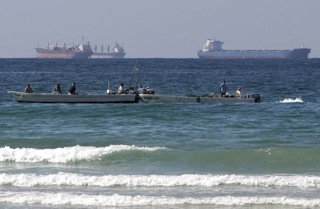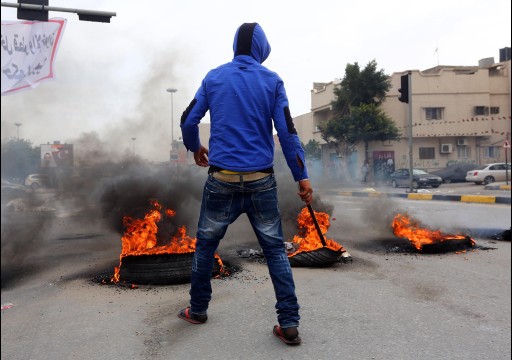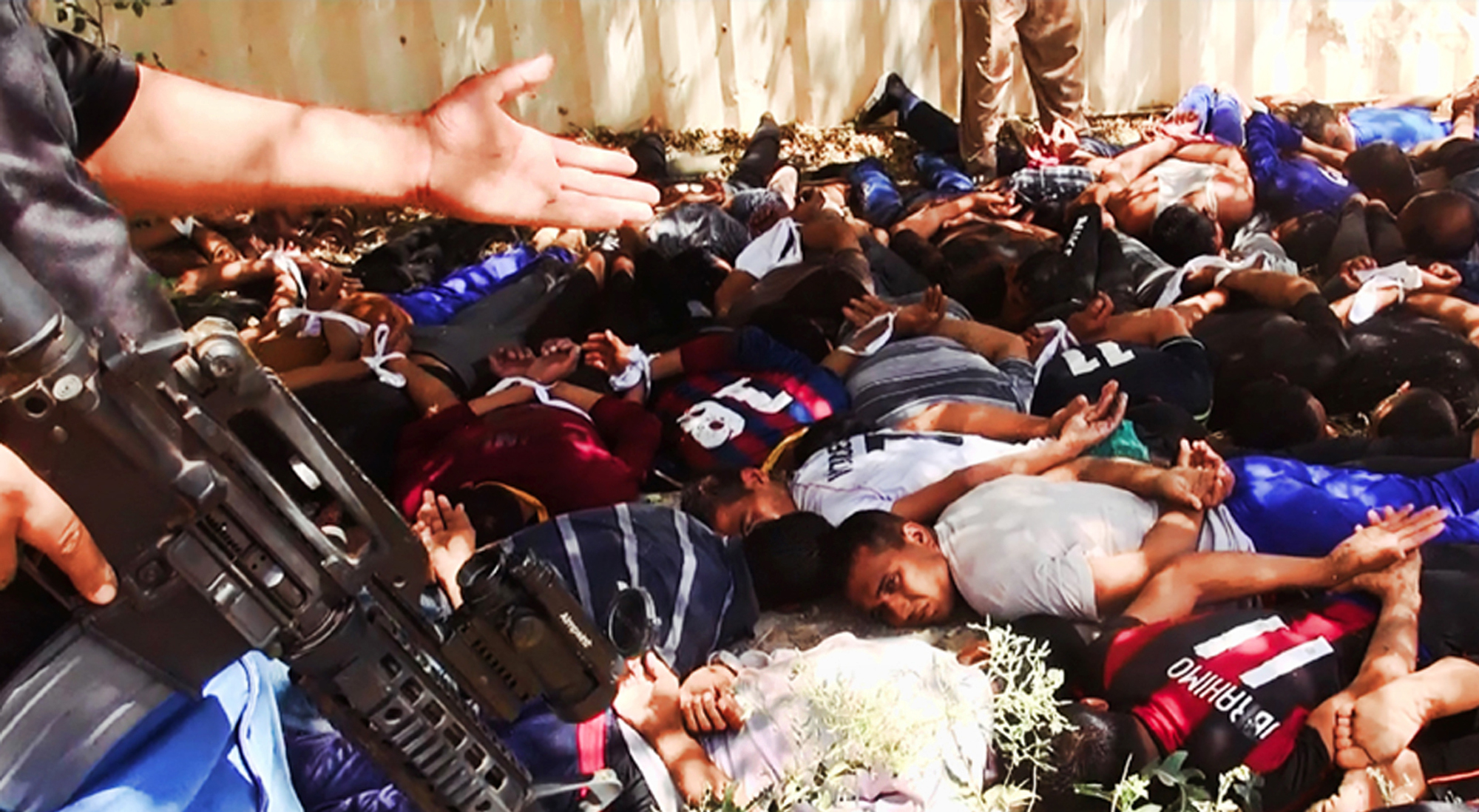A conflict of faith
On 14 and 15 August 2012, the Organisation of Islamic Cooperation held its 4th Extraordinary Session at the al-Safa Palace in Mecca. The main focus of the summit was the Syrian situation, but it also presented an attempt to ease the state of tension between Riyadh and Tehran. While the state of brinkmanship between Israel and Iran has become the defining dynamic of the Middle East, the preeminent rivalry which cannot be ignored is the ongoing “cold war” between Saudi Arabia and Iran in the Persian Gulf. In the words of Middle East expert F. Gregory Gause III, this competition will be a defining characteristic of regional politics for the next few decades.
The history of Saudi-Iranian relations has not been smooth. Even before the fall of the Shah in the 1979, conflict between these two regional powers was not rare, despite Washington’s desire to have its two allies cooperate. Territorial disputes were rampant between the two sides. Until 1970, Iran claimed sovereignty over Bahrain, as its 14th province, given historical ties to the island. The dispute revived in 1979 when the new revolutionary government of Ayatollah Khomeini revived Iran’s claims, despite the government of Bahrain’s desire for independence. The Saudis rejected this claim as Bahrain, with a ruling class of Sunnis and strategic location, was viewed as within Riyadh’s sphere of influence. When Bahrain’s ruling al-Khalifa dynasty seemed to be in trouble with popular protests among its Shi’a majority in early 2011, Saudi and UAE troops entered Bahrain to restore order. Tehran backed the protesters and described the Saudi-led action as an “occupation.”
Another front of Saudi-Iranian competition has been Iraq. The Saudis were important sponsors of Saddam Hussein during the bloody Iraq-Iran War between 1980 and 1988, providing arms and billions in financial aid to Baghdad. Abstaining from support of the 2003 American invasion, the Saudis have been suspicious of Prime Minister Nouri al-Maliki, a Shi’a who they see as an Iranian proxy. The al-Saud family has observed worryingly as Iraq and Iran enjoy relatively good relations since Ba’athist rule ended. Such perceptions have led the Saudis to not only sponsor Sunni political figures but, reportedly, insurgency. In fact, the Saudi-Iranian dynamic demonstrates the true foundations of the bilateral feud – a sectarian one. With a theocratic Salafist Sunni monarchy and a theocratic Shi’a republic, friction is very likely, as the sectarian nature of their proxy conflicts (i.e. in Bahrain, Iraq) exhibit.
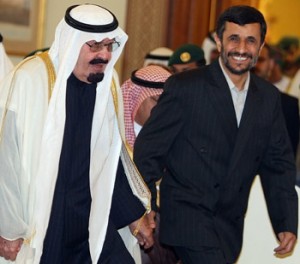
Proxy upon proxy
However, sectarianism cannot solely define conflict in the Saudi-Iranian standoff. Riyadh’s dependence on American military support makes the Persian Gulf a region of international competition. As with US sponsorship of Iraq in the 1980s, Saudi Arabia and its neighbours are important in Washington’s front against Iran. Tens of thousands of US troops are stationed in Saudi Arabia, Bahrain, Kuwait, Qatar and the United Arab Emirates, all under the watchful eye of Central Command and the Fifth Fleet, headquartered on a naval base in Manama, Bahrain.
Attempts at political and economic cohesion between the Arab states of the Persian Gulf have only hardened attitudes on both sides. The development of the six-member Gulf Cooperation Council (GCC) into a more politically and economically cohesive organization is perceived as a threat by Iran. The GCC has been Iran’s greatest opponent in terms of maritime domination of the Gulf waters. As Saudi foreign minister Prince Saud al-Faisal said this May, “[all] members need to agree to unity” to reach a “common understanding” to face rising tensions with Iran. These comments came as the Iranian parliament condemned the GCC’s plans to transform itself into a political union for common “foreign, defence and financial policies.” The common desire for unity was made all the more urgent by several factors. As the Arab Spring blossomed and overthrew Arab dictatorships or forced regime change in the Maghreb, Egypt and Yemen, and sparked protests in many other countries, these Gulf monarchies have a common interest to protect their regimes. They see a threat not only in Iran’s military capabilities and nuclear program but also in Tehran’s stirring up emotions among the “oppressed” Shi’a minority (majority in the case of Bahrain) in many Gulf Sunni monarchies.
In addition, territorial disputes continue. Both the UAE and Iran claim sovereignty to Abu Musa, an island near the entrance of the Straits of Hormuz, which UAE foreign minister called “part and parcel of the UAE national soil.” When President Mahmoud Ahmadinejad visited the island this April, the GCC, supported by the Arab League, denounced it as a violation of the UAE’s sovereignty. Both Washington and London have urged Tehran to meet UAE demands to refer the case of the island to the International Court of Justice, signaling the presence of proxy maneuvering in the Persian Gulf.
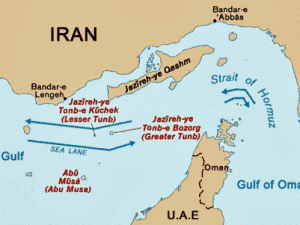
Uncertainty in the future
While Saudi-Iranian relations have clear implications for American presence in the region, the effect of this competition on other powers is unclear. China’s interests in Middle East oil does not seem to conflict with cross-Gulf tensions. Beijing has managed to steer clear of the rivalry and enjoys positive ties with both Riyadh and Tehran. China enjoys booming trade with the Gulf monarchies, which is valued at around $78 billion as of August 2012, a 29.1% increase from six months ago. Furthermore, these transactions account for 40% of Chinese trade with the Middle East and North Africa. Iranian oil imports flow into Chinese refineries and number 524,000 barrels per day as of May 2012. This has also been important for economic development. That being said, there have been signs of trouble in the relationship as China publicly opposed Iran’s nuclear program. Public opinion in Iran also points to the belief that Chinese investment into the country’s infrastructure and energy sector is a form of exploitation. On the other hand, in terms of Russian interests, Moscow’s opposition to sanctions against Tehran and its aiding in the development of Tehran’s nuclear program has made it a proxy of US-Russian rivalry.
Perhaps the last, but most immediate concern is how the US-Israel alliance will affect the Persian Gulf with increasing talk of an Israeli strike on the Iranian nuclear program. The US’ alliances with Israel and Saudi Arabia has never come into serious contention since the oil crisis of 1973. But, as America and Israel essentially agree on Iran, a problem becomes Saudi opposition to an Israeli strike. This introduces an interesting dynamic to the Persian Gulf, as the nature of the US presence in the region changes due to conflicting alliances in the face of a common enemy. The convergence of national, regional and international politics, compounded by a titanic presence of oil and geopolitical significance makes the Gulf more than fascinating to watch.

